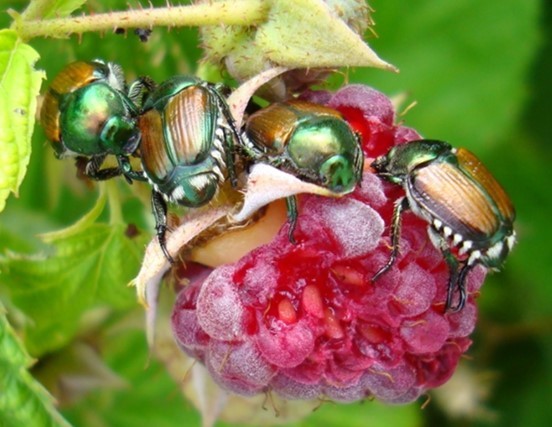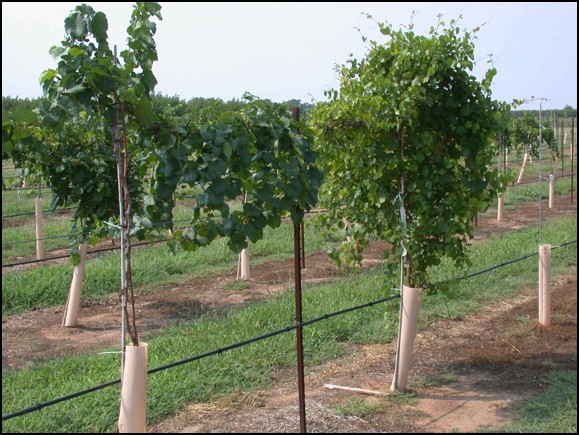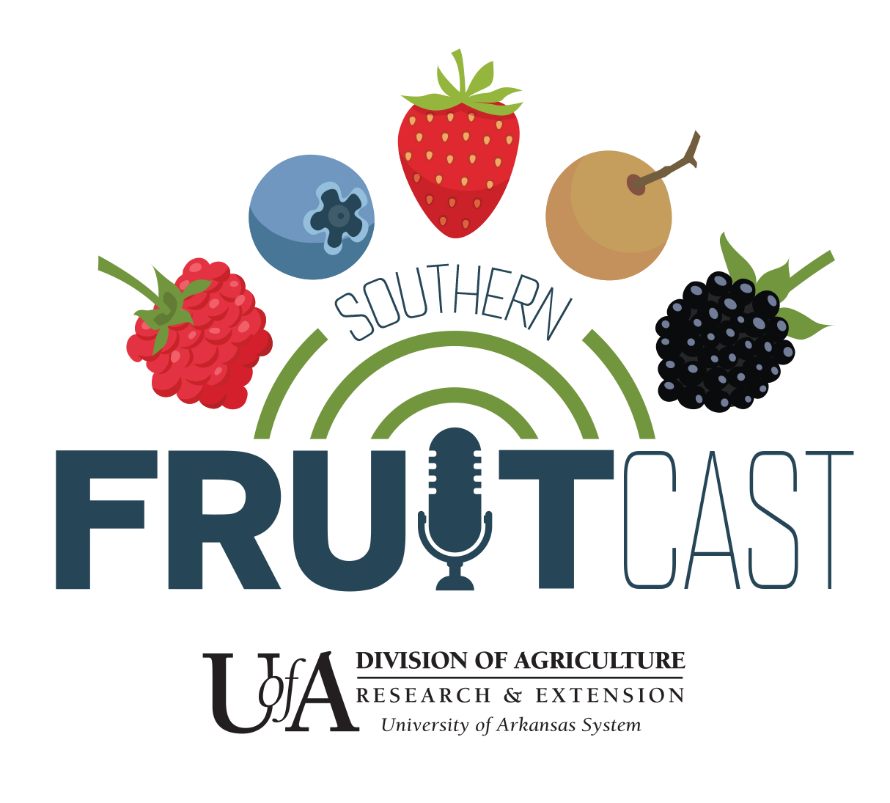Bunch Grapes
Bunch Grape articles written by members of the Southern Region Small Fruit Consortium. More information on Bunch Grape crops.
-

Douglas G. Pfeiffer, Dept. Entomology, Virginia Tech, Blacksburg VA 24060, dgpfeiff@vt.edu We are now into the Japanese beetle (JB) season – This is an annual threat for us, though the severity varies quite a bit from year to year. Some invasive pests have been with us that we no longer think of them as invasive,…
Posted in: Summer 2021 -

Eric T. Stafne, Extension and Research Professor, Mississippi State University Fall is coming soon, and winter is just around the corner. With the cold temperatures coming, it is important that grapevines are prepared. Irrigation should be stopped in September to allow plants to acclimate to the lower light conditions and cooler temperatures. Vines native to…
Posted in: Fall 2020 -

Dr. Aaron Cato, IPM Specialist, University of Arkansas The Southern Fruitcast is hosted by Aaron Cato and Amanda McWhirt, extension IPM and production specialists for fruits and vegetables at the University of Arkansas. This podcast aims to cover the people, technology and latest developments in small fruit production in the Southeast. These topics are covered…
Posted in: Fall 2020 -

Dr. Elina Coneva, Fruit Crops Extension Specialist and W. A. Jr. & C. Dozier Endowed Professor, Department of Horticulture, Auburn University Studies to establish the feasibility of growing Pierce’s Disease (PD) resistant, predominantly European grape hybrids are ongoing at Auburn University, Alabama since 2010 https://www.asevcatalyst.org/content/early/2020/07/06/catalyst.2020.19008. We have evaluated advanced selections with early-, mid-, and late season of ripening trained to the traditional vertical shoot…
Posted in: Fall 2020 -

Renee Threlfall, Research Scientist, University of Arkansas System Division of Agriculture The Arkansas Quality Wine program, or AQW, will set quality standards for Arkansas-made wine, provide professional development for growers and winemakers and entice consumers to taste Arkansas wines. The program will be established in the fall of 2020 as part of a project funded…
Posted in: Fall 2020 -

Tim McCoy, Extension Associate with the Virginia Tech Pesticide Programs and Virginia State Liaison to the IR-4 Project More than 40% of your daily consumption comes from crops that are deemed by the USDA to be “minor” or “specialty” crops. These commodities are only minor in comparison to the major crop groups like corn, soybean, cotton, wheat, etc. These minor crops…
Posted in: Fall 2020 -

Douglas G. Pfeiffer, Department of Entomology, Virginia Tech When the fruit are in, it is easy to think about putting the sprayer away. But sometimes there are insect issues that can be addressed in post-harvest, fall or winter periods. Let’s take up a few now. Grape In general, it is advisable to maintain healthy foliage as…
Posted in: Fall 2020 -

Rebecca A. Melanson, Extension Plant Pathologist, Mississippi State University, and Aaron Cato, IPM Specialist, University of Arkansas Diagnosis is the first step in pest management. It is first necessary to know the cause of a problem before appropriate management methods can be implemented. Management methods that do not accurately address the problem at hand can…
Posted in: Fall 2020 -

Wayne E. Mitchem, Southern Region Small Fruit Consortium Coordinator, Tree Fruit Weed Management Extension Associate, (704) 472-4369 Corteva Agriscience has issued a supplemental label for Trellis SC (isoxaben) herbicide use in newly planted and bearing caneberries. Trellis already has approved uses for weed control in blueberry, grape, and a few other fruit crops. Trellis SC…
Posted in: Summer 2020 -

Dr. Aaron Cato, IPM Specialist, University of Arkansas The Southern Region Small Fruit Consortium is an expansive source for unbiased information and news for small fruit growers and county agents across the Southeast. The consortium’s website features production and IPM guides that are updated yearly by specialists across the region, webinars relating to a plethora…
Posted in: Summer 2020